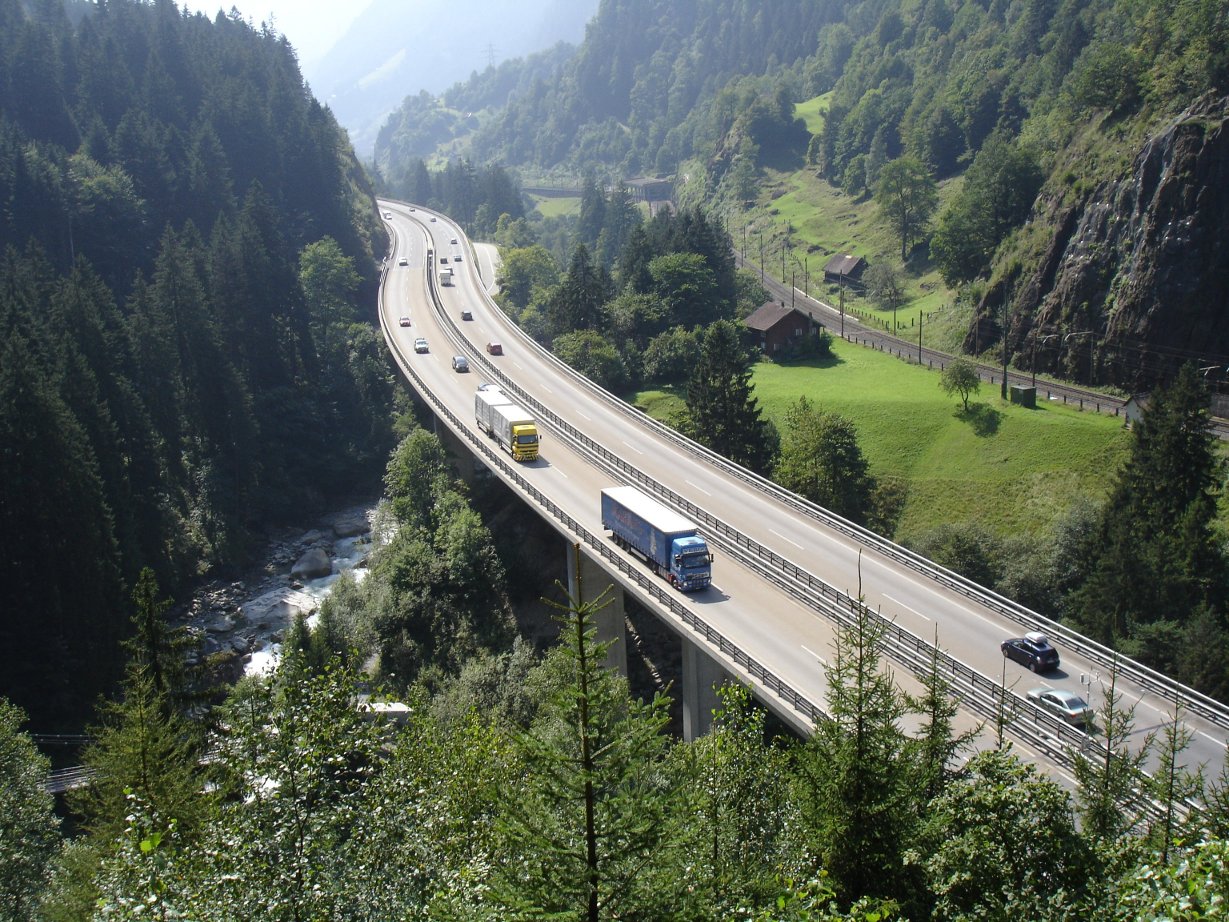iMONITRAF! meets “Friends of EUSALP”
The current revision process of the TEN-T provides an important window of opportunity to better incentivise modal shift in the European transport network. In particular, transalpine infrastructures are crucial elements within the TEN-T network and the Alpine regions need a strong European framework to make the new rail infrastructures fully operational. During an event organised by the "Friends of EUSALP" group of the European Parliament, iMONITRAF! and representatives of the EUSALP regions discussed the current revision process of the TEN-T and how it can better serve the modal shift rationale.
Greater standardisation of the TEN-T network in order to provide high quality routes for freight trains, the elimination of bottlenecks (also in relation to terminal infrastructure) and a greater commitment to the completion of the TEN-T network are key requirements from an Alpine perspective in the revision of the TEN-T Regulation. The Transport Committee of the European Parliament, supported by the Tyrolean MEP Barbara Thaler as rapporteur for this dossier, has presented an "update" of the Commission's original proposal and addresses the challenges not only of the Alpine regions but of the EU in general to strengthen modal shift as the most efficient decarbonisation measure for freight transport. The proposal and the need for further action were discussed with MEPs from the Alpine regions, representatives of EUSALP and iMONITRAF! during the "Friends of EUSALP" meeting last week.
During this meeting, Herald Ruijters (DG Move), representing the European Commission, underlined the urgency of completing the TEN-T core network on time and explained the need for a stronger enforcement mechanism. Herbert Dorfmann, MEP from South Tyrol, pointed out the need for improvements in terminal infrastructure in order to use the full capacity of the TEN-T infrastructure, but also the need for better coordination between the core network corridors in order to avoid unwanted shifts of traffic between corridors.
Overall, the discussion during the "Friends of EUSALP" meeting confirmed iMONITRAF!'s position and statement on the TEN-T revision. iMONITRAF! calls for the following four cornerstones to be taken into account in the revision process:
- Quality tracks for freight trains: Stronger guidelines for the provision of rail capacity for long freight trains and harmonisation of standards.
- Provisions for simple and fast border crossings: setting a maximum dwell time of 15 minutes at national borders, supported by simpler administrative procedures and accelerated deployment of ERTMS.
- Improving terminal infrastructure to allow longer train journeys: modernising and developing intermodal terminal infrastructure, including in urban nodes.
- Avoiding further delays and derogations in the completion of TEN-T corridors: transforming the TEN-T coordinators' work plans into implementing acts with annual reporting so that infringement procedures can be launched quickly if work on TEN-T infrastructure is delayed.
